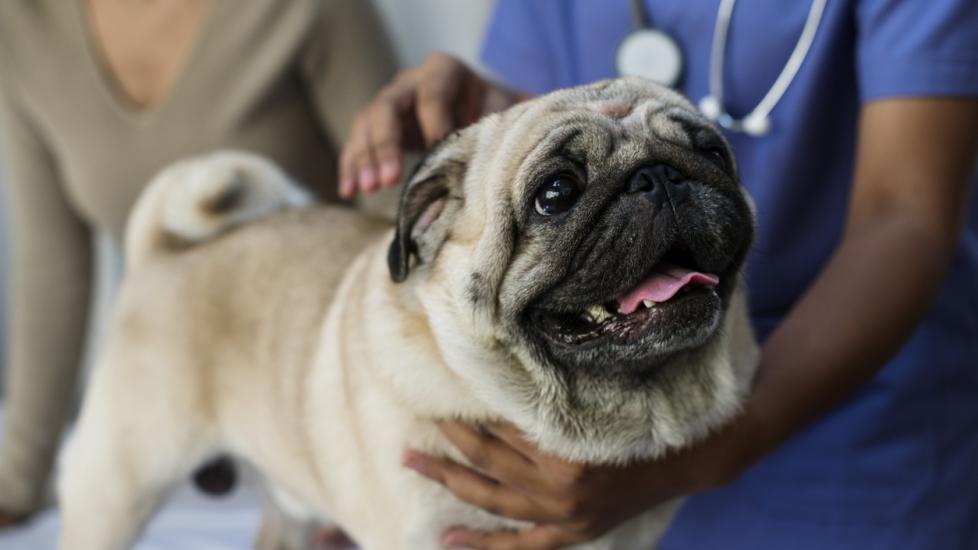The Mysterious Case of Warts in Furry Friends: Understanding and Managing Canine Papillomas
In the world of pets, warts are a common yet often misunderstood phenomenon. While these skin growths might seem like an innocuous part of our furry friends’ lives, they can sometimes be indicative of deeper health issues or even pose a threat to other animals. This article aims to shed light on what dog warts (canine papillomas) are, how they develop, their potential risks, and most importantly, how you can manage them effectively.
What Are Dog Warts?
Dog warts, known scientifically as canine papillomas, are benign tumors caused by乳头瘤病毒(乳头瘤病毒). These viruses are highly contagious among dogs and can spread through direct contact with infected animals or objects that have come into contact with an infected animal. The virus typically targets areas where there is pressure and moisture, such as around the face, mouth, feet, and genital area.
How Do They Develop?
Canine papillomas thrive in moist environments and tend to grow rapidly under the influence of constant friction. Puppies between six months and two years old are particularly susceptible due to their immature immune systems. As dogs get older, their bodies generally become better equipped to fight off the virus, which is why warts are more commonly seen in younger pups.
Potential Risks
While most warts will eventually disappear without treatment once your pet’s immunity improves, some cases may require intervention. In rare instances, the infection can lead to cancerous changes within the body. Additionally, if an infected dog bites another dog during play or out of fear, it could transmit the virus through saliva. This not only affects the recipient but also creates a chain reaction of infections within the community. Therefore, early detection and management are crucial for both individual welfare and public health.
Management Strategies
Here are several steps you can take to handle warts in your dog:
1. Monitoring: Keep a close eye on any new bumps or lesions that appear on your dog’s skin. If you suspect they might be warts, consult with your veterinarian immediately.
2. Isolation: Separate affected dogs from others until the condition has been diagnosed and managed properly. This helps prevent further spread of the virus.
3. Hygiene: Practice good hygiene habits at home. Wash your hands thoroughly after handling your dog and keep shared spaces clean to reduce the risk of cross-contamination.
4. Medical Treatment: Your vet may recommend surgical removal of large or problematic warts. In severe cases, antiviral medications may be prescribed to speed up healing and minimize symptoms.
5. Immunity Support: Boosting your dog’s overall immune system can help it fight off the virus naturally. Ensure your pup receives regular vaccinations, a balanced diet, and plenty of exercise to maintain optimal health.
6. Prevention: Spaying or neutering your dog can decrease its susceptibility to viral infections, including those that cause warts. It’s also important to keep all pets up to date on their vaccines.
By understanding the nature of warts in dogs and implementing appropriate measures, we can support our four-legged companions in living healthy, comfortable lives despite this common dermatological challenge. Remember, every pet is unique, so always seek professional advice tailored to your dog’s specific situation.
